Prime Minister Anthony Albanese responds to Warragamba Dam wall controversy
The Prime Minister will seek “appropriate advice” on raising the Warragamba Dam wall as spill from the catchment inundates the Hawkesbury again.
NSW
Don't miss out on the headlines from NSW. Followed categories will be added to My News.
The “controversial” proposal to raise Sydney’s Warragamba Dam wall will be examined by the federal government after the NSW floods, as Anthony Albanese defends his overseas travel since taking office.
As residents in the Hawkesbury region battle their fourth flood in 18 months, the Prime Minister said he would get “appropriate advice” on mitigation options, including calls to raise the dam wall.
“Those issues of course are controversial,” he said. “There are different views that need to be taken into account.
“What’s clear is we need to get through the immediate crisis … and then we need to examine any policy response which is required.”
Speaking about the NSW flood emergency after he arrived in Perth from Europe on Tuesday afternoon, Mr Albanese also defended the amount of overseas travel he has done in his first six weeks in office.
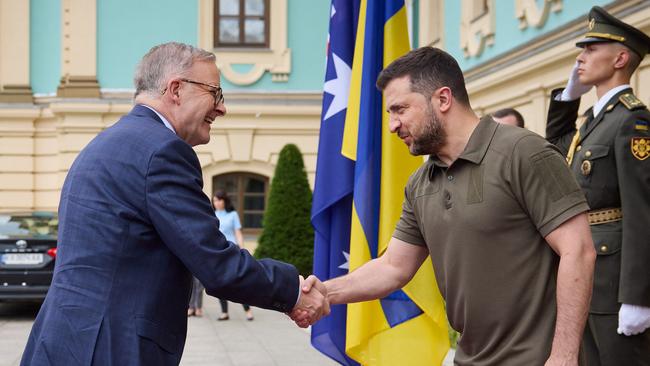
In the past nine days he met with world leaders at the NATO Summit in Madrid, repaired Australia’s relationship with France and toured war torn Ukraine in “solidarity” against Russian aggression.
Mr Albanese said these were all “important” meetings that required Australian representation.
“Those people (criticising the travel) might like to say which of the events that I have attended on behalf of Australia, that I shouldn’t have attended,” he said.
“I have not had a day off for a very long period of time.”
Europe was Mr Albanese’s third trip abroad since he was elected on May 21, and in one week he is expected to travel to Fiji for the Pacific Island Forum.
He previously travelled to Tokyo for the Quad leaders meeting and Jakarta for a one-on-one with Indonesian President Joko Widodo.
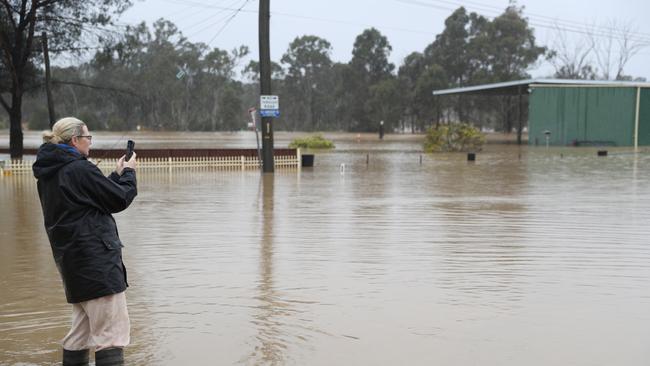
Speaking about the NSW floods, Mr Albanese said people on Australia’s east coast were “doing it really tough,” especially in the Hawkesbury.
“My heart goes out to people who’ve suffered again and again and again and again,” he said.
There are 242 people currently registered at nine evacuation centres open across the state.
Mr Albanese said planning was underway for the early clean up, and 250 Australian Defence Force personnel were available to assist.
“100 (ADF) are on the ground at the moment, 100 are on standby and 50 there to support clean up areas once that commences,” he said.
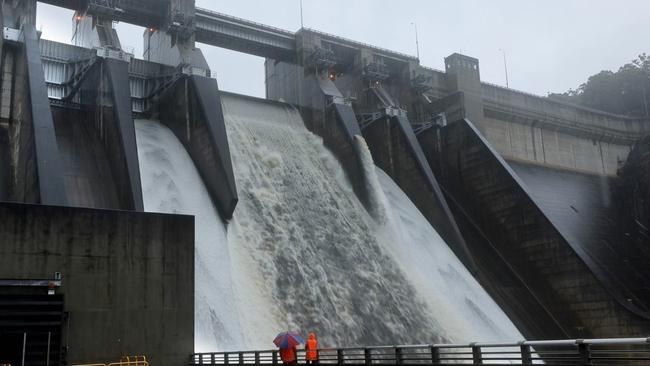
Mr Albanese said there were two helicopters available for night work, with some operations conducted on Monday evening.
The Prime Minister said the catchments in the flood ravaged regions were full.
“That means that even when the rain starts to ease, the danger will not ease for some period of days as floodwaters continue to rise,” he said.
Mr Albanese said it was “clear” the crisis was “not over yet”.
“I am advised the rains are heading toward the Hunter and the Mid North Coast today, they’re hoped to be easing in the coming days,” he said.
“But there will continue to be flash flooding.”
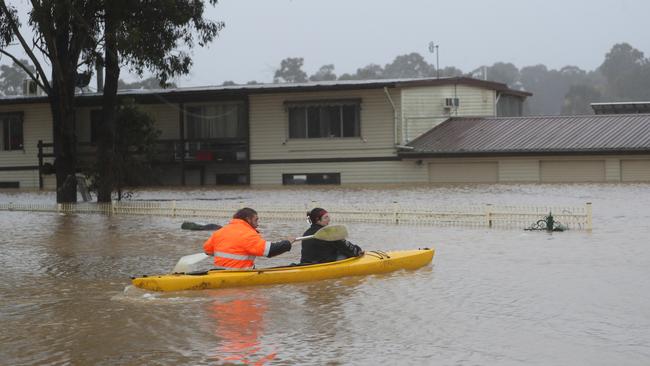
Mr Albanese said the advice remained, “if it’s flooding, forget it”.
“Do not take risks,” he said.
Mr Albanese said the closure of the M7 at Glendenning was causing disruption to transport and traffic in Western Sydney.
“There are some 20,000 homes without power, and 1000 homes are without communications at this point in time,” he said.
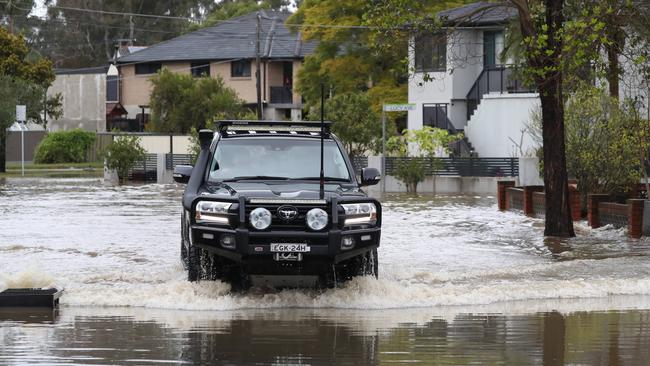
“We know as well that there’s a significant impact going to occur on agriculture.”
Mr Albanese and NSW Premier Dominic Perrottet would be on the ground in flood-affect NSW on Wednesday morning.
The two leaders spoke about the crisis while Mr Albanese was in Europe.
The Prime Minister said Mr Perrottet had told him he was “pleased” with the urgent action taken by the federal government so far.
There are 23 council areas that are receiving federal and state support, which includes hardship grants, money for structural repairs as well as low interest loans.





